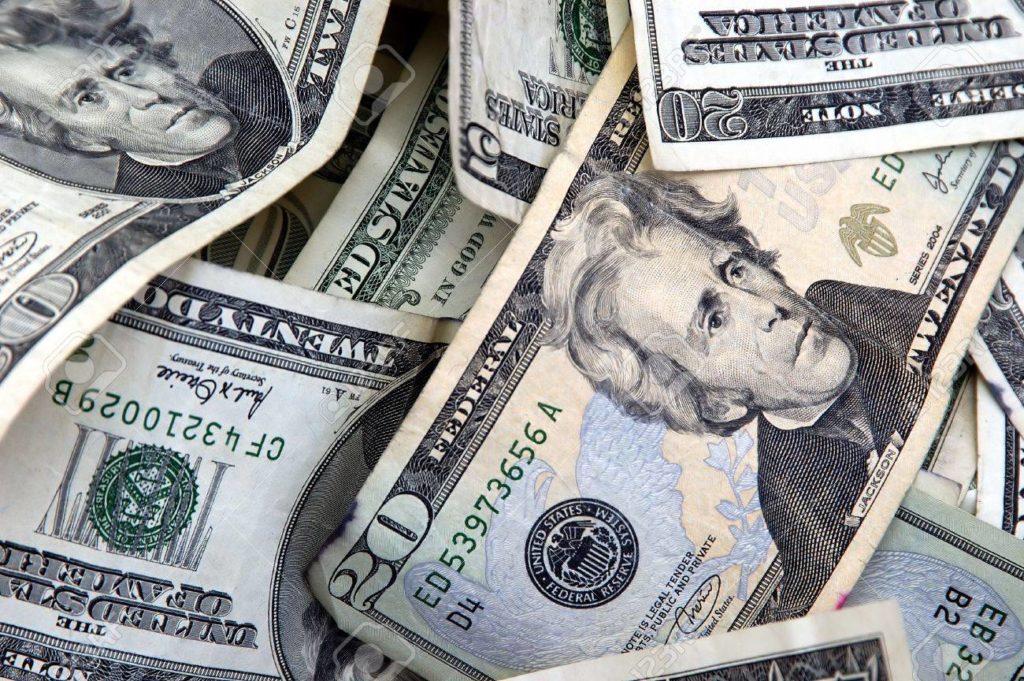The naira traded slightly weaker on Tuesday across Nigeria’s FX markets, with official (NFEM/CBN) quotes hovering in the mid-₦1,400s while parallel/black-market dealers continued to quote the dollar near the ₦1,490–₦1,505 range.
Key rates:
NFEM / official market: roughly ₦1,460–₦1,466 to $1
Central Bank of Nigeria (CBN) published/reference figures remain in the high ₦1,400s band used by banks and authorised participants.
Parallel (black) market / AbokiFX reported quotes around ₦1,490 to ₦1,505 to $1 depending on city and seller.
What happened today
Market data and FX trackers show the official (NFEM/CBN-linked) exchange rate traded in the mid-₦1,400s on October 14, reflecting only small day-to-day movement in the formal market. TradingEconomics’ intraday feed recorded a USD/NGN print around ₦1,461.36 for the day.
By contrast, rates on the parallel market — where much retail USD demand is settled — remained noticeably higher, with several crowd-sourced and market-monitoring services reporting sell quotes between ₦1,490 and ₦1,505. That premium between the official and parallel market continues to reflect persistent retail demand, limited dollar availability at the street level, and ongoing micro-arbitrage between channels.
Why the spread remains
Analysts say the gap between the official and parallel markets is driven by a combination of constrained FX inflows, strong import and remittance demand at the retail level, and the lag between central bank liquidity operations and actual dollar availability to bureau de change operators and individuals. The CBN’s published reference rates remain an anchor for banks and corporates, but parallel markets price real-time retail demand.
What to watch next
CBN actions: Any additional forex sales to authorised BDCs or adjustments to policy windows could narrow or widen the premium.
Oil receipts & inflows: Dollar inflows from oil receipts or sovereign receipts typically ease pressure on the naira; weaker inflows can keep the premium elevated.
Market liquidity: Real-time liquidity in the NFEM and the level of quoting by bureau de change operators will determine short-term direction.
How this affects Nigerians
Consumers and businesses dependent on cash dollars (importers, travellers, and remittance recipients) continue to face higher conversion costs on the parallel market, while corporates with access to official channels settle closer to the CBN/NFEM reference levels. Those planning foreign payments should check both official bank quotes and parallel rates before transacting.
The post Dollar to Naira exchange rate today, October 14, 2025 appeared first on Vanguard News.

